The ductless hvac-system market is characterized by a dynamic competitive landscape, driven by increasing demand for energy-efficient solutions and a growing emphasis on indoor air quality. Key players such as Mitsubishi Electric (Japan), Daikin Industries (Japan), and LG Electronics (South Korea) are strategically positioned to leverage these trends. Mitsubishi Electric (Japan) focuses on innovation, particularly in developing advanced inverter technology that enhances energy efficiency. Daikin Industries (Japan) emphasizes regional expansion, having recently increased its manufacturing capabilities in North America to better serve local markets. Meanwhile, LG Electronics (South Korea) is investing heavily in digital transformation, integrating smart technology into its product offerings to enhance user experience and operational efficiency. Collectively, these strategies contribute to a competitive environment that prioritizes technological advancement and customer-centric solutions.
In terms of business tactics, companies are increasingly localizing manufacturing to mitigate supply chain disruptions and reduce lead times. This approach appears to be particularly effective in a moderately fragmented market where several players vie for market share. The collective influence of these key players shapes a competitive structure that encourages innovation and responsiveness to consumer needs, thereby fostering a more resilient market.
In October 2025, Daikin Industries (Japan) announced a partnership with a leading smart home technology firm to integrate IoT capabilities into its ductless systems. This strategic move is likely to enhance the functionality of their products, allowing for greater energy management and user control, which could significantly improve customer satisfaction and loyalty. The integration of smart technology aligns with the growing consumer preference for connected home solutions, positioning Daikin favorably in the market.
In September 2025, LG Electronics (South Korea) launched a new line of ductless systems featuring advanced air purification technology. This initiative not only addresses the increasing consumer demand for healthier indoor environments but also reinforces LG's commitment to sustainability. By prioritizing air quality, LG is likely to differentiate itself from competitors, appealing to health-conscious consumers and potentially capturing a larger market share.
In November 2025, Mitsubishi Electric (Japan) unveiled a new energy-efficient ductless system that utilizes refrigerants with lower global warming potential. This development underscores the company's commitment to sustainability and regulatory compliance, which is becoming increasingly important in the current market landscape. By leading in environmentally friendly technology, Mitsubishi Electric may enhance its brand reputation and attract environmentally conscious consumers.
As of November 2025, current trends in the ductless hvac-system market include a strong focus on digitalization, sustainability, and the integration of artificial intelligence. Strategic alliances are increasingly shaping the competitive landscape, enabling companies to pool resources and expertise to innovate more effectively. The shift from price-based competition to a focus on innovation, technology, and supply chain reliability is evident, suggesting that future competitive differentiation will hinge on the ability to deliver advanced, sustainable solutions that meet evolving consumer expectations.


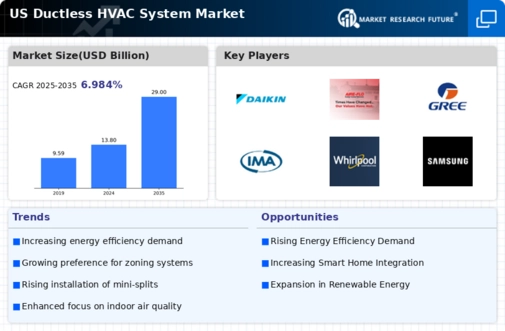
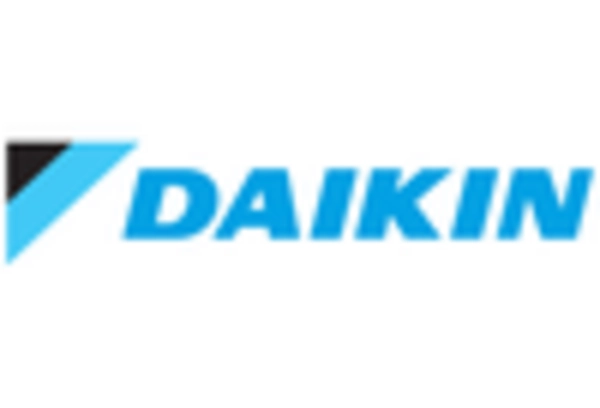
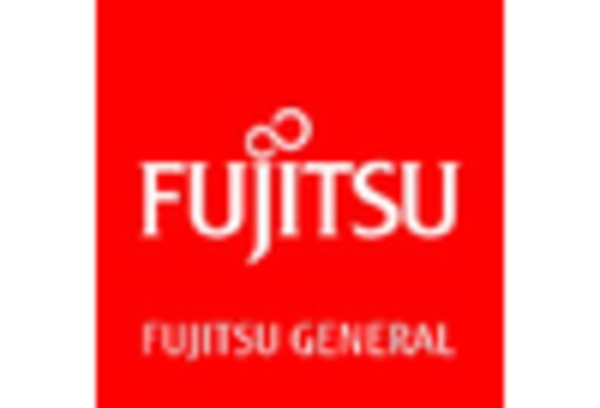
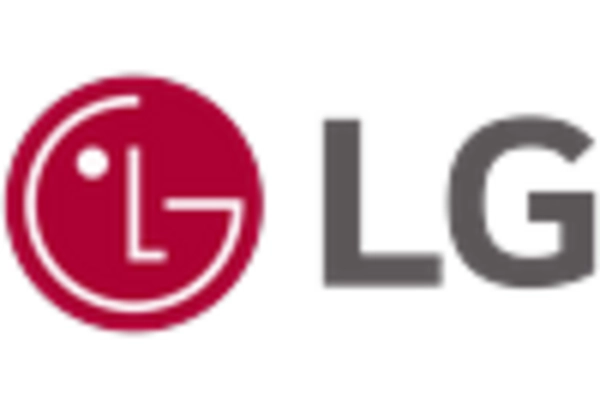
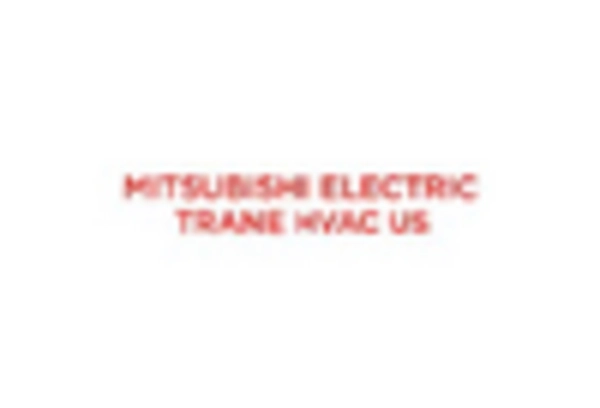
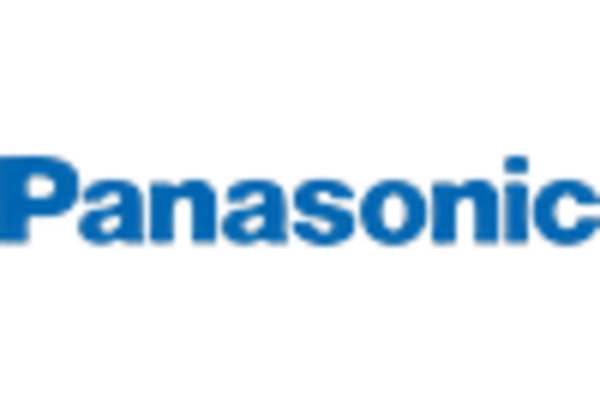
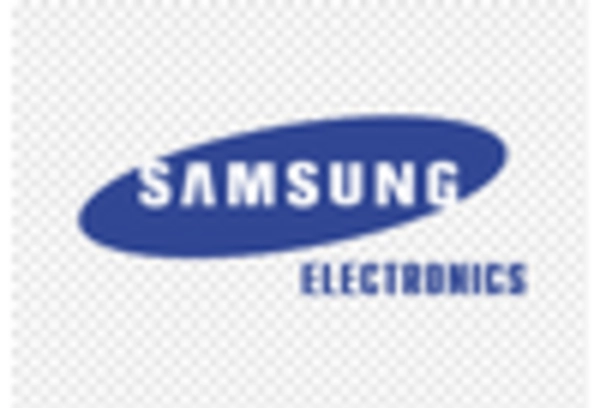








Leave a Comment